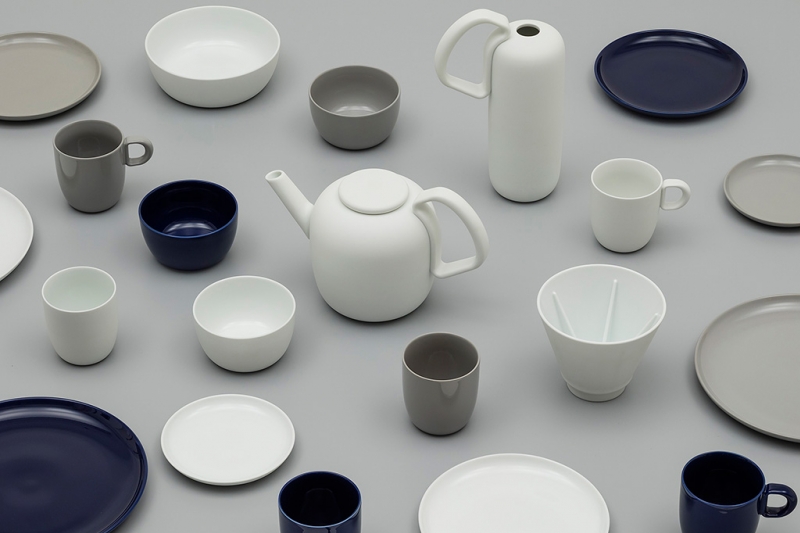Interview: Saskia Diez
Saskia Diez is a German jewellery designer who works with many different materials to create beautiful, desirable objects. She is often inspired by jewellery that she designed in the past and evolves new designs from it. In this way, she connects the past and present in her design work.
- What were your initial thoughts on participating in the 2016/ project?
I have been enthusiastic about Japanese culture and craft for some time and so I was honoured to receive the valuable opportunity to create a product in Japan. I decided to participate in the project without any hesitation. The fact that the project is a collaboration makes it uncertain, it is a very different scenario to making alone. All the people involved have different roles to play and eveyone trys their best within those roles. That is fascinating to me.
- Last year you visited the pottery you would be working with for the first time – what were your impressions?
I was impressed with Hataman Touen Corporation. There was an atmosphere of concentration there that makes you hold your breath. I saw craftsmen who have been doing nothing else but applying glaze for 30 years - they did it with great ease. I think the work requires the kind of skilled hands that you can only get from many years of experience.
- Germany was once fascinated enough by Japanese porcelain to try the production of it at home.
That's right. Meissen and Nymphenburg were created in the 18th century with the ambition of producing Japanese-style porcelain in Germany. It seems that the manufacturing processes of Aritaware remain the same as then; with a lot of processes still done by hand. In potteries in Germany you can also see craftsmen and women working on overglazing with an intent look. The production is similar in this way. On the other hand, I have worked with Rosenthal, another German porcelain brand, who does most of their manufacturing with machines.
- As you have designed porcelain before, do you have your own methodology in porcelain design?
I find there are two approaches; One is that you already have the shape that you would like to create and you adjust the technique to accomplish the shape. The other is about being led by the manufacturing techniques and creating a design that works with the specialist techniques. During my stay in Arita it was very helpful to visit a lot of potteries. Some do slip casting which is where you pour liquid clay into plaster moulds whilst some specialise in injection moulding. It works best to come up with the most appropriate design for such manufacturing techniques.
- Finally, please tell us your thoughts on the potential for the project?
I am very excited to think about what kind of perspective I can bring to Aritaware as a jewellery designer. Jewelry can be created in porcelain. For example, Meissen currently make porcelain jewellery and some potteries produce not only traditional tableware but are also developing new genres such as pendants and perfume bottles. I am looking forward to the collaborative work with the potteries of Arita.










